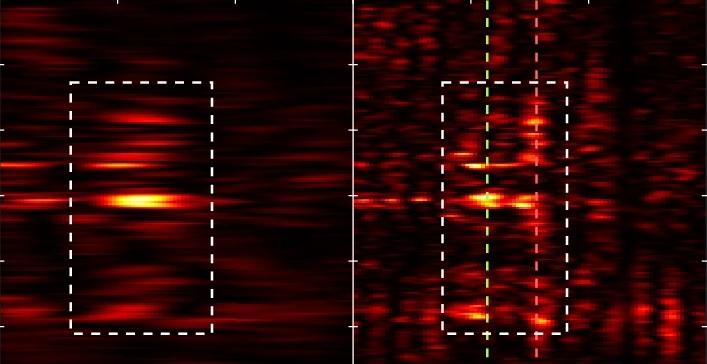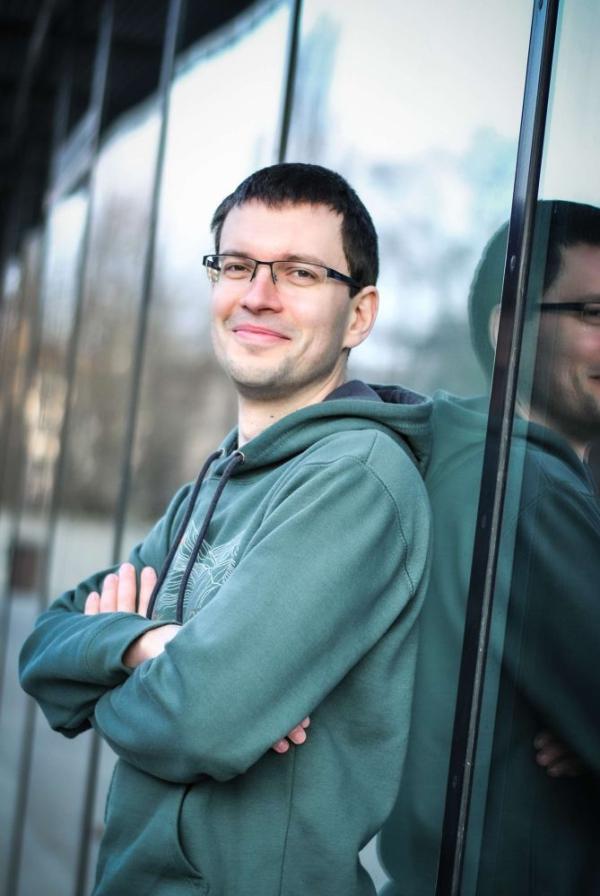
Silane cation bifurcation time measured after photoionization
Prague, 21. 7. 2025 – Fragmentation of silane molecules plays an important role in the plasma processes that create highly pure silicon layers in the production of photovoltaic cells or modern transistors. An international team, including Vít Svoboda from the Department of Physical Chemistry, UCT Prague, has now been able to describe the temporal evolution of silane cation after photoionization, thanks to a unique experiment and advanced theoretical molecular dynamics calculations. In addition to the aforementioned commercial applications, understanding ultrafast processes such as this one allows for a better understanding of the basic behaviour of molecules and the principles of chemical physics. The study was published in the respected Nature Communications journal.

Molecular symmetry is a fundamental concept in chemistry since it can be used to predict or explain many of a molecule’s chemical properties. Highly symmetrical molecules such as silane often break into fragments during Jahn-Teller disassociation (fission upon ionization). However, direct experimental evidence of the temporal evolution over which these changes occur has been lacking.
The international team managed to measure the temporal course of Jahn-Teller disassociation of the silane cation using short pulses (pulse duration <1 fs) during attosecond soft-X-ray-absorption spectroscopy. In the experiment, an infrared pulse first strong-field-ionized molecules in the gas phase. The researched monitored the course of the reaction by measuring the absorption spectra of the resulting reaction products with attosecond soft-X-ray probe pulses. The resulting 3D spectra provided information about absorption as a function of the reaction time and the energy of the given absorption band.
„To decipher all the details contained in the measured spectra, we simulated the entire photoionization reaction using advanced theoretical calculations,“ Dr. Svoboda said, adding that almost immediately after the ionization of the silane cation, two possible dissociation pathways opened up due to symmetry.
„The first path was the dissociation of the silane cation to SiH3+, which occurred without an energy barrier and lasted 23 fs. The second path, which took place 11 fs later than the first path, was the stochastic decay of the silane cation to SiH2+ and H2, which lasted 140 fs. From the point of view of chemical dynamics, it is interesting to note how the trace of the silane molecule‘s vibration before ionization gets imprinted in the vibrational memory of the SiH3+ fragments but not in the SiH2+ fragments,“ Dr. Svoboda explained. He recently returned to UCT Prague, where he is establishing his own research group with the support of a Czech Science Foundation JUNIOR STAR grant and a grant from the Dagmar Procházková Fund. Previously, he spent time at ETH Zurich, where he received his doctorate, the Max Born Institute in Berlin, and JILA, a joint institute of the University of Colorado Boulder and the US National Institute of Standards &Technology (NIST).
The researchers hope that the results published in Nature Communications might contribute, in the near future, to the optimization of industrial processes, to higher quality semiconductor materials, and also lead to a deeper understanding of the ultrafast dynamics of molecules after photoionization.
Reference
Article: Attosecond X-ray spectroscopy reveals the competing stochastic and ballistic dynamics of a bifurcating Jahn–Teller dissociation
Published in: Nature Communications, 2025
DOI: 10.1038/s41467-025-61512-8







